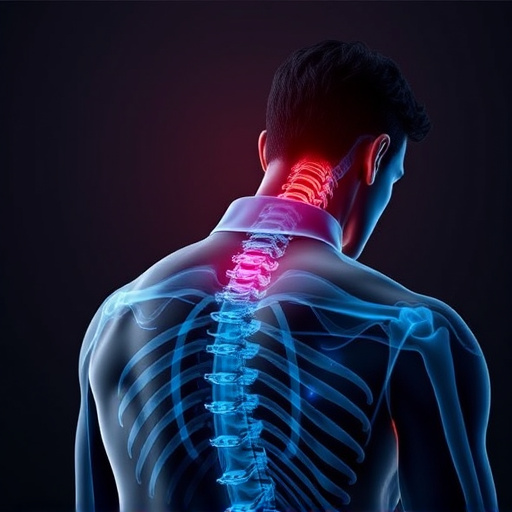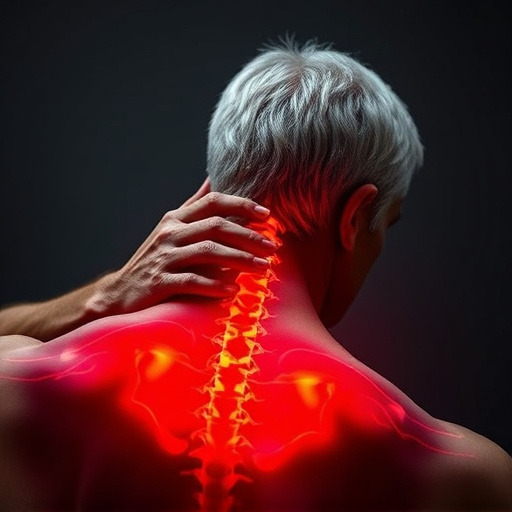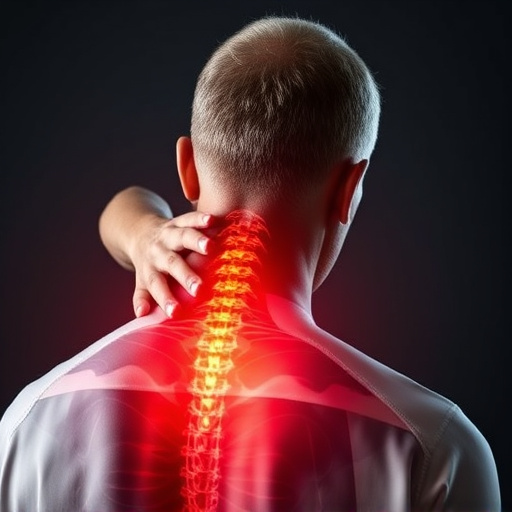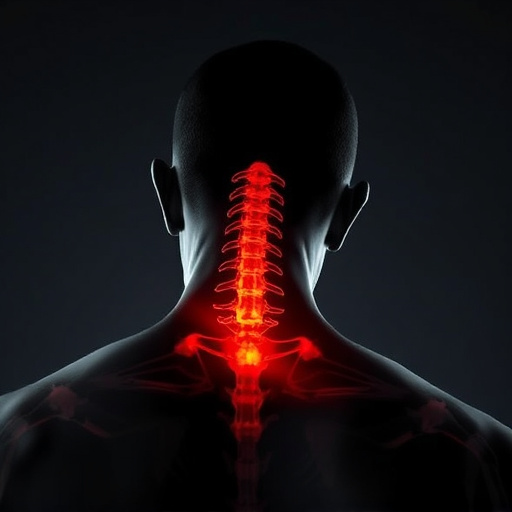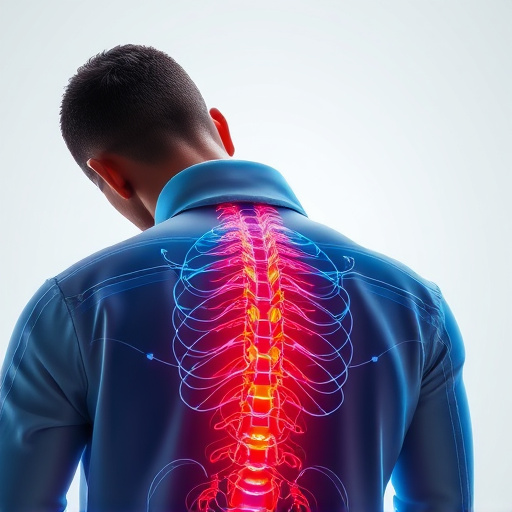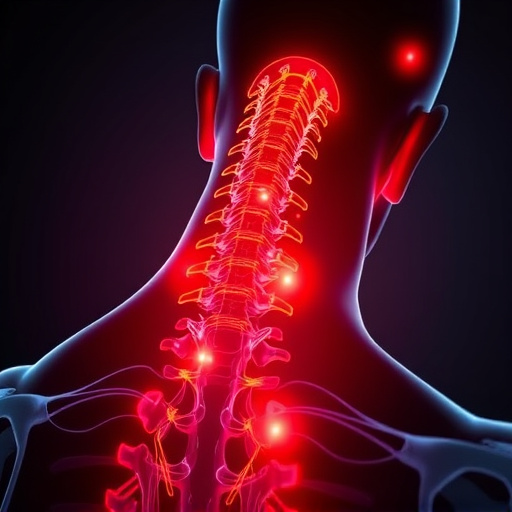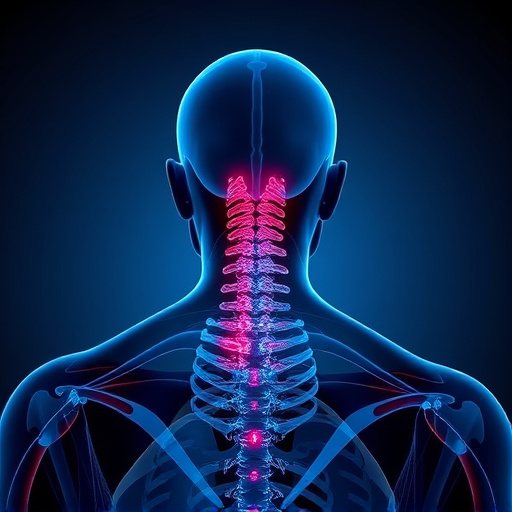Accidents often cause persistent neck and back pain, requiring specialized treatment beyond traditional medicine. Advanced therapies like spinal manipulation, massage, and personalized physical therapy target root causes for faster recovery. After a thorough assessment, tailored care plans combining medication, exercises, and advanced interventions are designed. Long-term management involves regular exercise, ergonomic habits, and posture improvement to prevent recurring pain.
Accidents and injuries can lead to lasting neck and back pain, emphasizing the need for specialized treatment. This comprehensive guide explores effective strategies for managing and alleviating such pain. We delve into the common causes of neck and back injuries, advanced therapeutic techniques, and personalized care plans tailored to individual needs. Additionally, we offer long-term management and prevention strategies, providing a holistic approach to achieving lasting relief.
- Understanding Neck and Back Pain After Accidents
- The Importance of Specialized Treatment
- Common Causes of Neck and Back Injuries
- Advanced Techniques for Relief and Recovery
- Personalized Care Plans: A Step-by-Step Approach
- Long-Term Management and Prevention Strategies
Understanding Neck and Back Pain After Accidents
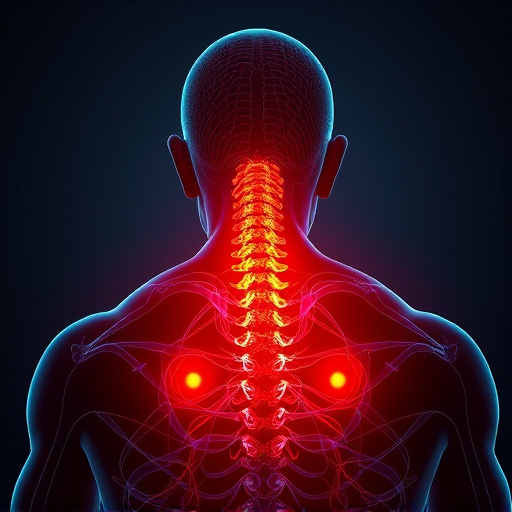
After accidents, neck and back pain is a common concern for many individuals. This type of trauma can lead to significant discomfort and limited mobility, impacting daily activities and quality of life. The initial step towards relief involves seeking medical attention promptly. Healthcare professionals will conduct thorough examinations and may recommend imaging tests to assess the extent of the injuries.
Effective neck and back pain relief often requires a multifaceted approach. This may include conservative treatments like physical therapy, medication for pain management, and rest. In more severe cases, interventions such as chiropractic adjustments or, in extreme circumstances, surgery, might be considered. Understanding the root cause of the pain is crucial to determining the most suitable treatment plan for optimal recovery.
The Importance of Specialized Treatment
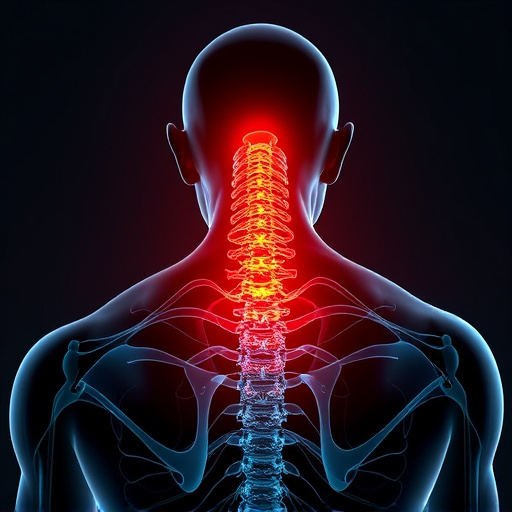
Accidents and injuries can lead to a range of physical issues, with neck and back pain being among the most common. In such cases, specialized treatment is crucial for effective recovery and relief. Many traditional medical approaches may not adequately address the complex interplay between muscles, nerves, and bones affected by trauma.
Specialized treatments go beyond general pain management, focusing on targeted interventions to alleviate neck and back pain. These can include advanced therapies, such as spinal manipulation, physical therapy tailored to the patient’s needs, and innovative techniques designed to restore mobility and reduce discomfort. Such personalized care ensures that the root causes of the injury are addressed, leading to faster recovery and improved quality of life for patients.
Common Causes of Neck and Back Injuries
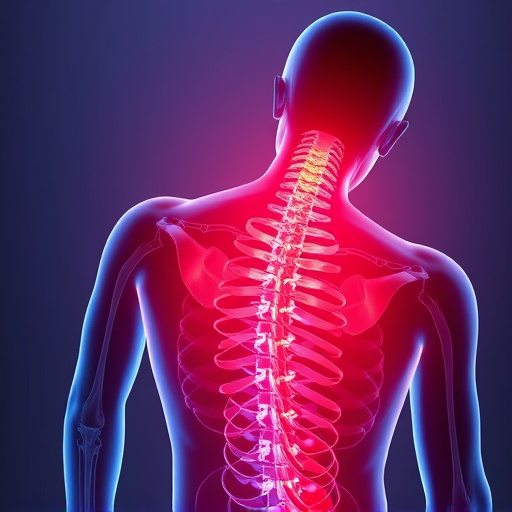
Accidents and injuries can lead to a range of health issues, with neck and back pain being among the most common complaints. Understanding the causes of such injuries is essential for effective treatment and fast recovery, focusing on neck and back pain relief.
Motor vehicle accidents top the list as a primary cause, leading to whiplash and other spinal injuries. Falls are another significant contributor, especially in older adults, resulting in fractures and sprains. Sports-related injuries, including collisions during high-impact activities, also play a considerable role. Additionally, repetitive stress from poor posture or heavy lifting can cause strain and inflammation, affecting the neck and back muscles over time.
Advanced Techniques for Relief and Recovery
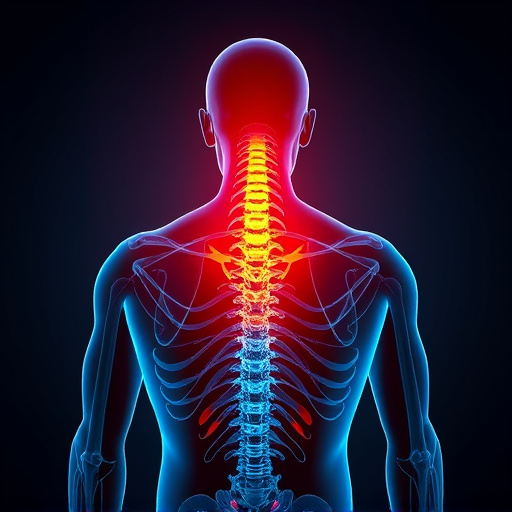
Advanced techniques play a pivotal role in enhancing neck and back pain relief, especially post-accidents or injuries. Beyond conventional treatments, professionals now employ innovative approaches to accelerate recovery. For instance, advanced therapies like spinal manipulation, massage, and acupuncture have proven effective in managing pain and improving mobility. These methods target specific areas of discomfort, promoting faster healing and reduced inflammation.
Additionally, modern technology offers cutting-edge solutions. Techniques such as electrical stimulation, cold/hot therapy, and specialized exercises provide targeted interventions. These advanced treatments not only alleviate immediate symptoms but also help strengthen muscles and prevent future injuries. As a result, individuals can expect quicker returns to their active lifestyles, offering hope and improved quality of life after challenging accidents or injuries.
Personalized Care Plans: A Step-by-Step Approach
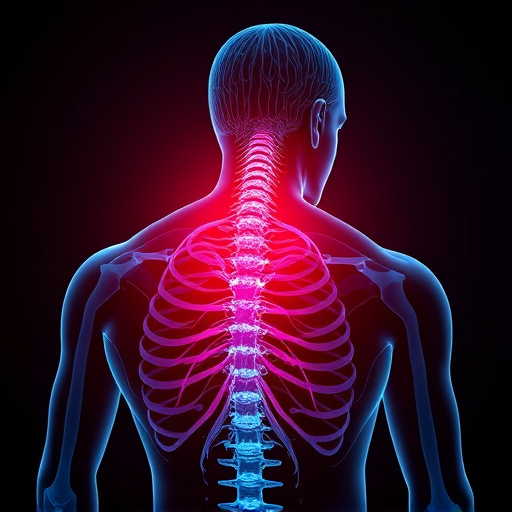
Personalized Care Plans are a crucial step in specialized treatment after accidents or injuries, especially for managing neck and back pain relief. The process begins with a comprehensive assessment where healthcare professionals evaluate the patient’s medical history, the nature of their injury, and the extent of associated pain. This initial step is vital as it helps tailor the care plan to meet individual needs, ensuring no two treatment paths are the same.
Following this, a detailed treatment strategy is devised, incorporating various modalities like physical therapy, medication management, and sometimes, advanced interventions. The plan may include specific exercises to strengthen muscles supporting the spine, targeted medication for pain reduction, and relaxation techniques to alleviate tension. Each component is carefully chosen and adjusted based on ongoing patient feedback, creating a dynamic approach that evolves with recovery progress.
Long-Term Management and Prevention Strategies
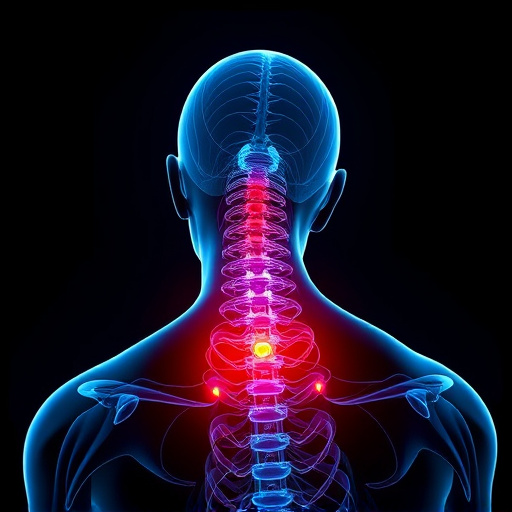
Effective long-term management and prevention strategies are vital for individuals recovering from accidents or injuries, particularly those resulting in neck and back pain. Beyond acute care, a comprehensive approach involves regular exercise tailored to strengthen core muscles and improve posture, reducing strain on injured areas. Physical therapy plays a crucial role here, offering specialized techniques to enhance flexibility and range of motion while providing enduring pain relief.
Additionally, adopting ergonomic habits in daily routines can significantly prevent future issues. This includes adjusting work stations, using supportive bedding, and incorporating regular breaks during prolonged periods of sitting or lifting heavy objects. Incorporating these strategies not only aids in recovering from current injuries but also serves as a proactive measure to avoid recurring neck and back pain relief challenges.
